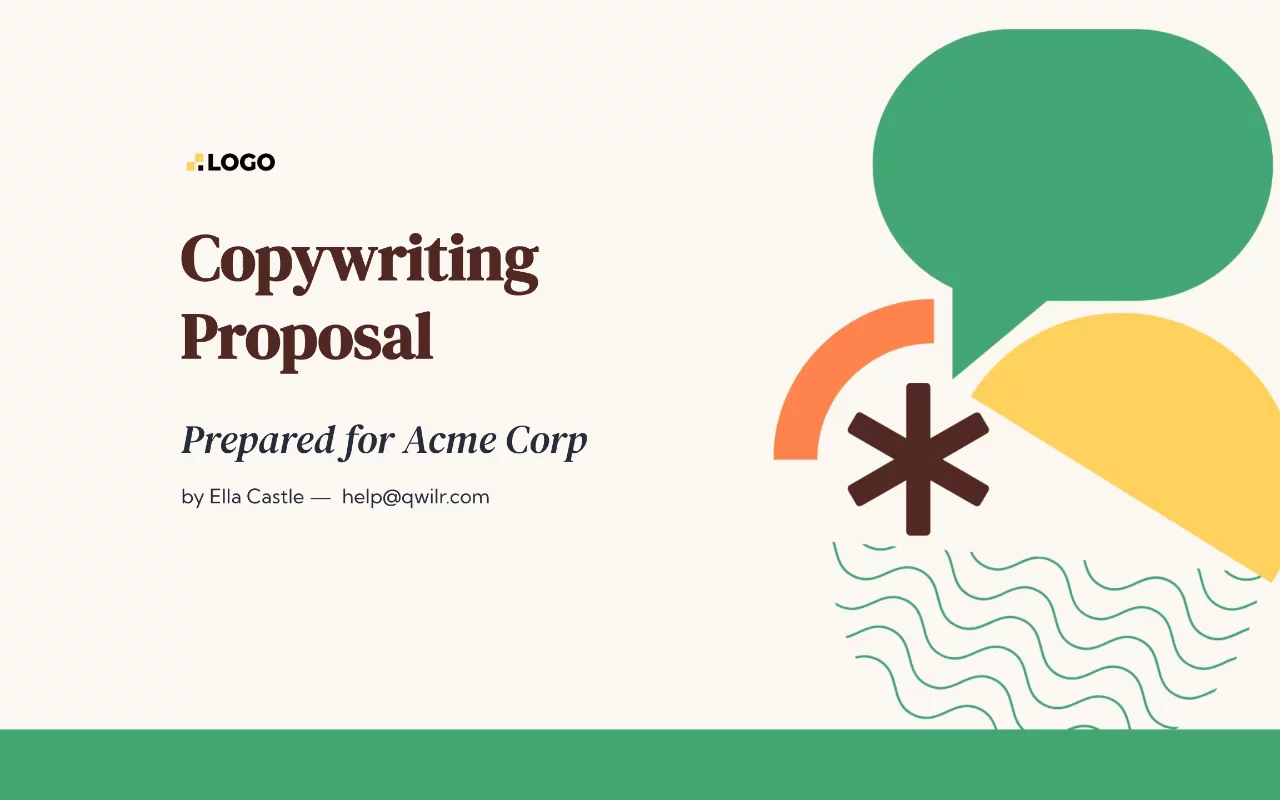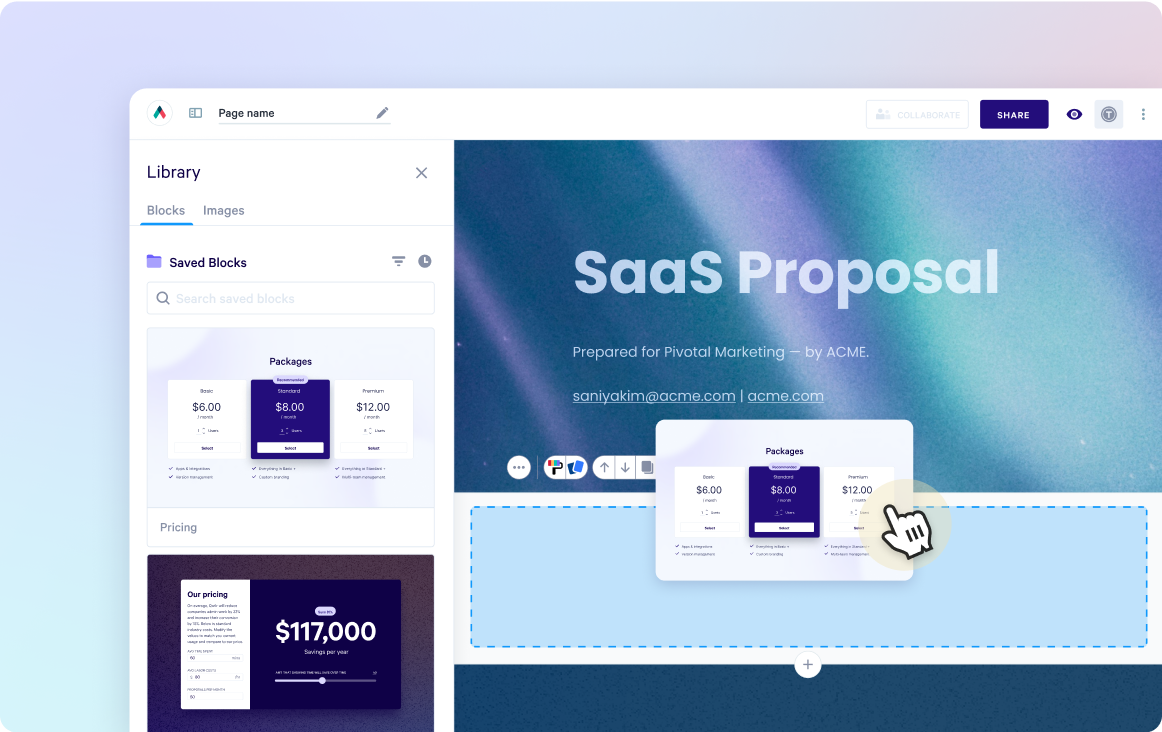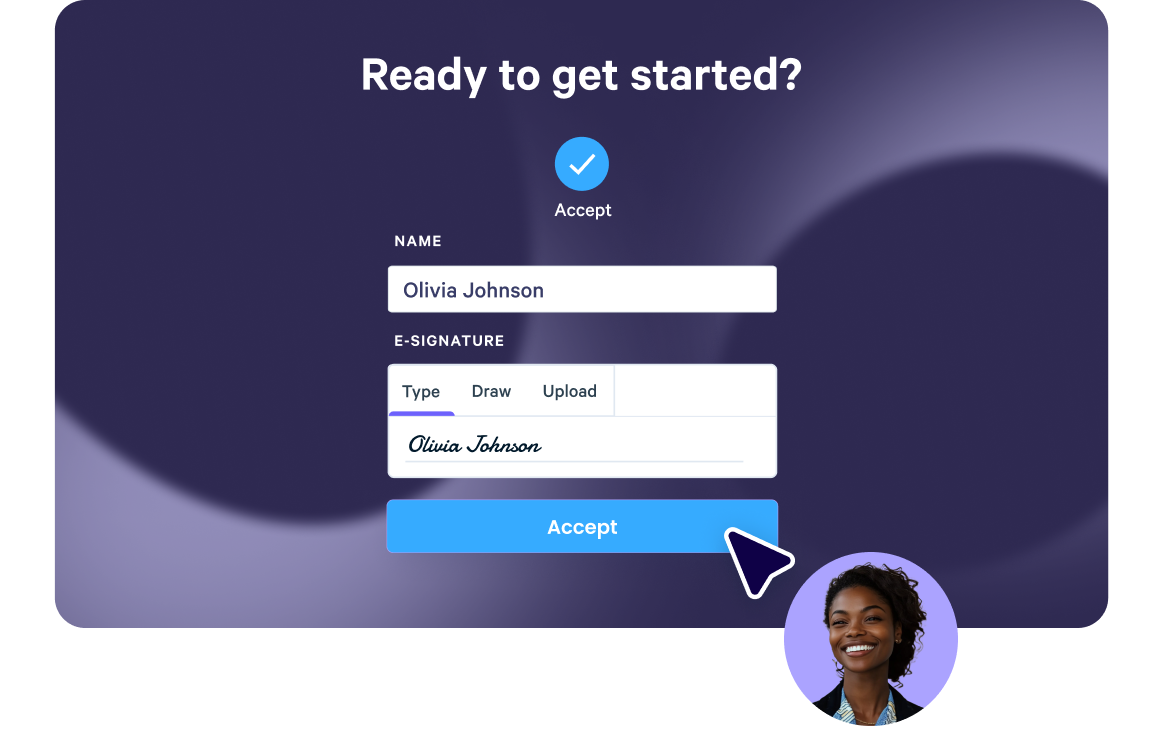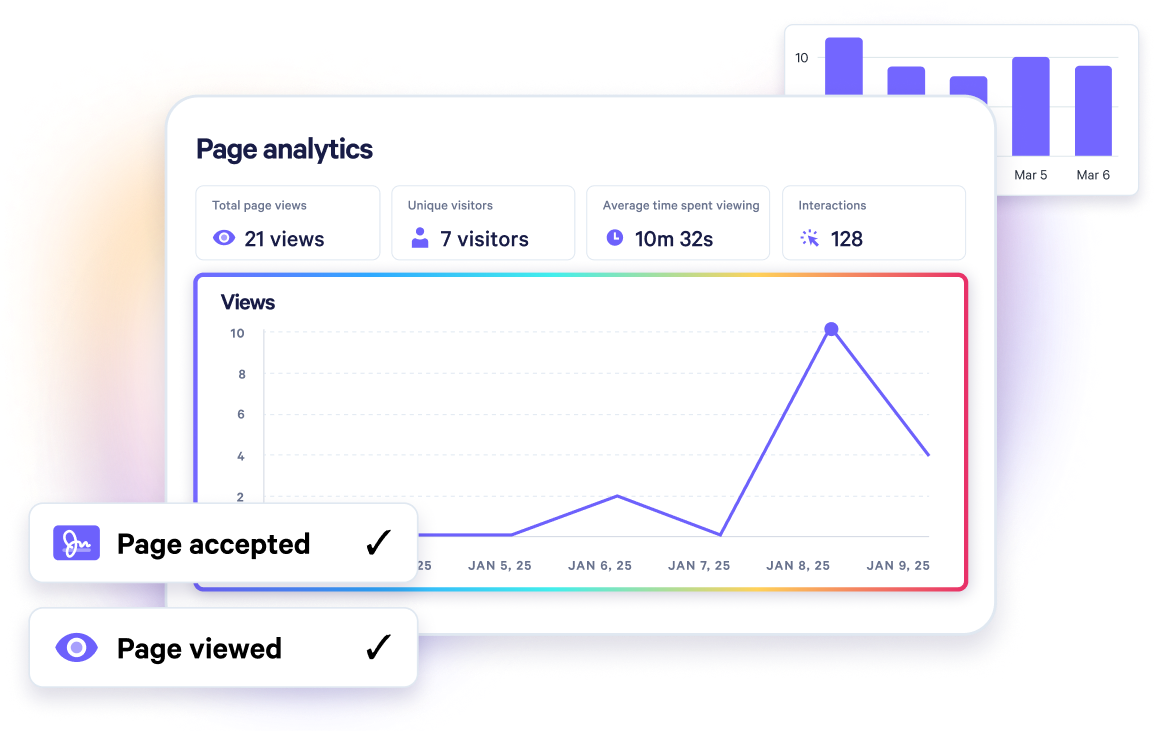Copywriting Proposal Template
Secure projects with an engaging and convincing Copywriting Proposal – create a well-structured, creative, and results-driven pitch in less time.

About this template
Win over clients and demonstrate your creative writing skills with our interactive template. Designed for engagement and persuasive storytelling, this template enables your team to present well-structured, creative, and results-driven copywriting proposals tailored to your client's needs.
Prepare a memorable copywriting proposal that highlight the benefits of your services, including improved brand awareness, increased conversion rates, and better ROI, ultimately securing more projects and driving business growth.
What's included?
- Needs
- Quote
- Success story
- Our process
- Project scope
- Content investment
- Team
Why Qwilr?
Design interactive proposals
Impress buyers with interactive proposals that stand out. Qwilr’s drag-and-drop editor makes it easy to create on-brand, stunning collateral — no design skills needed. Add videos, dynamic pricing, and ROI calculators to deliver a unique experience, while automated brand customizations ensure every proposal looks professional.

Built-in e-sign functionality
Combine stunning proposals, plain-text agreements, and secure e-signatures in one tool. Add print-friendly agreements alongside dynamic content and collect legally compliant e-signatures with ease. Track progress, capture multiple signatures, and close deals faster with Qwilr’s integrated e-sign functionality.

Real-time proposal analytics
Qwilr’s analytics provide full visibility into buyer engagement. Track when proposals are opened, signed, or shared, and get instant notifications for key buyer activities. See what buyers click on, how they engage, and prioritize follow-ups based on real-time insights—all designed to help close deals faster.

Templates for every use case
Explore templates for sales, marketing, customer success, sales enablement and more.
Explore proposal templatesFrequently asked questions
When writing a copywriting proposal, follow these best practices:
- Start with a clear and concise introduction that explains your understanding of the client's needs, challenges, and goals.
- Define the scope of work, including the deliverables, the target audience, the tone, and the timeline.
- Showcase your expertise and experience by providing relevant examples, case studies, and testimonials.
- Outline your process and methodology, including how you conduct research, brainstorming, writing, and editing.
- Explain your pricing and payment options, and provide a detailed breakdown of costs.
- Include a call-to-action that invites the client to contact you for further discussion or to sign the proposal.
A copywriting proposal should include the following sections:
- Introduction: A brief overview of the client's needs and goals.
- Scope of work: A detailed description of the project parameters, such as deliverables, target audience, tone, and timeline.
- Expertise and experience: A showcase of your copywriting skills, including samples, case studies, and testimonials.
- Process and methodology: An explanation of your approach to writing, research, brainstorming, and editing.
- Pricing and payment options: A breakdown of your pricing structure, including fees, rates, and terms.
- Call-to-action: An invitation to contact you for further discussion or to sign the proposal.
To start a copywriting project, follow these steps:
- Research the target audience, market trends, and competition.
- Define the project goals, such as awareness, lead generation, or conversion.
- Create a creative brief that outlines the project's parameters, such as tone, style, and keywords.
- Choose the right platform and channels to distribute your content, such as website, social media, email, or advertising.
- Collaborate with your team or client to brainstorm ideas, refine the messaging, and optimize the SEO.
- Write the first draft of the copy and revise it based on feedback, data, and best practices.
- Edit, proofread, and optimize the copy for clarity, consistency, and relevance.
- Deliver the final copy to the client and measure its impact on the target audience and business goals.




